9 reasons why every home needs a peace lily, according to experts
Here's why interior designers love peace lilies
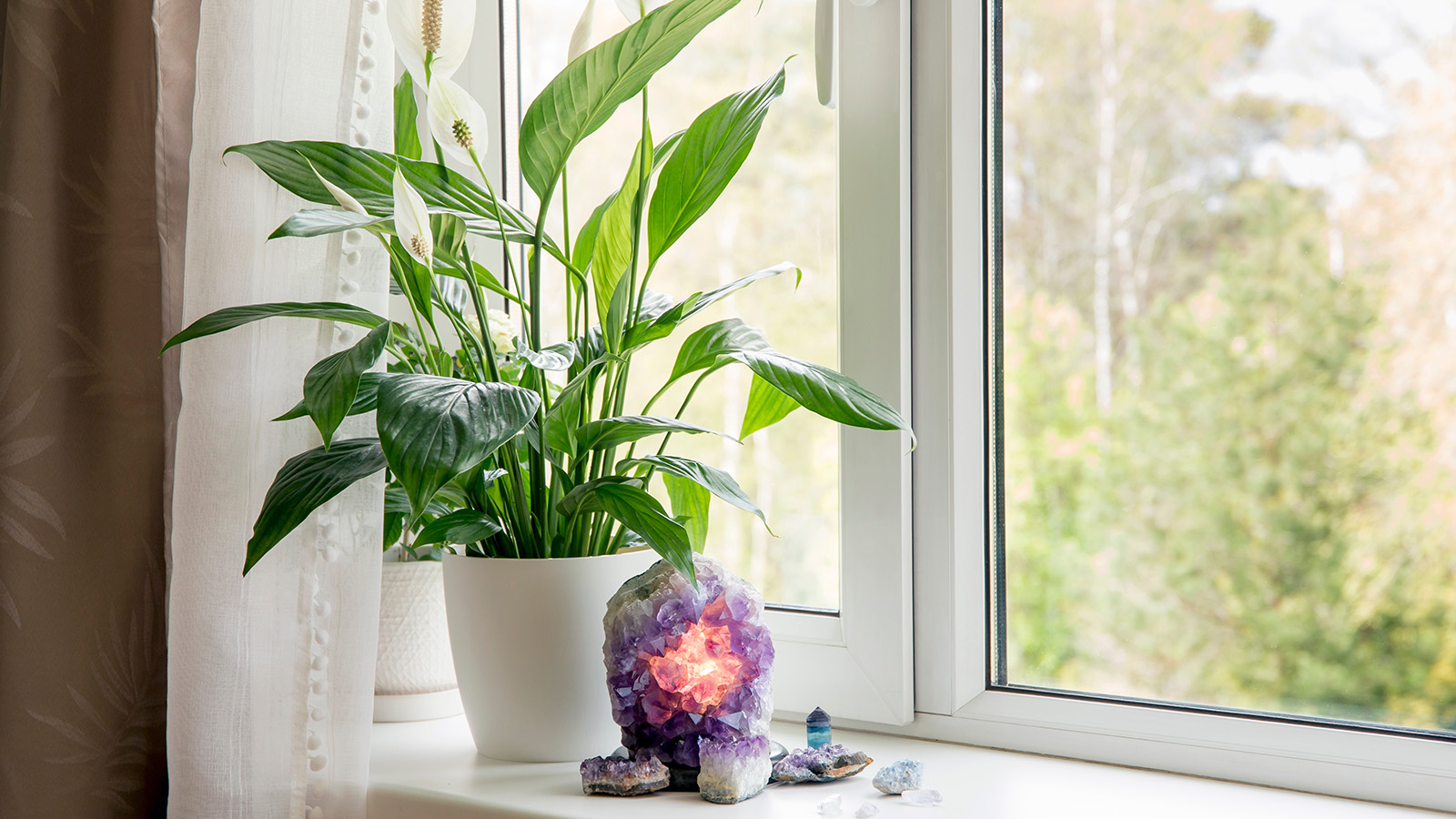
Bringing plants into your house is an increasingly popular design choice, whether you have a green thumb or not. Natural greenery can be an effective and wallet-friendly way to introduce color, vibrancy and life to your home. The challenge is picking out the right plants for your space. It’s important to choose vegetation that not only suits your taste, but that will thrive in your specific environment. If you are newer to gardening, then a low-maintenance species is a smart choice. While it can be overwhelming to choose the right plants for your home, there is one plant that I’ve found to be a consistent winner: the peace lily.
Peace lilies, also known as Spathiphyllum, are popular globally and commonly associated with serenity and calm. They are positively viewed by those who practice feng shui as bringers of harmony and are particularly valued in Chinese culture, where they are a common gift for women on their wedding day. Even if you are not a follower of these beliefs, peace lilies have a number of tangible benefits that make them great choices for indoor decor. From their attractive looks to their air purification abilities and hardiness, I’ve found that peace lilies offer so much more than just a splash of greenery.
If you’re still debating what plant to bring into your home, here are nine reasons why you should choose a peace lily. And they are also one of the best houseplants to gift on Valentine's Day.
Why every home needs a peace lily
1. They're mini air purifiers
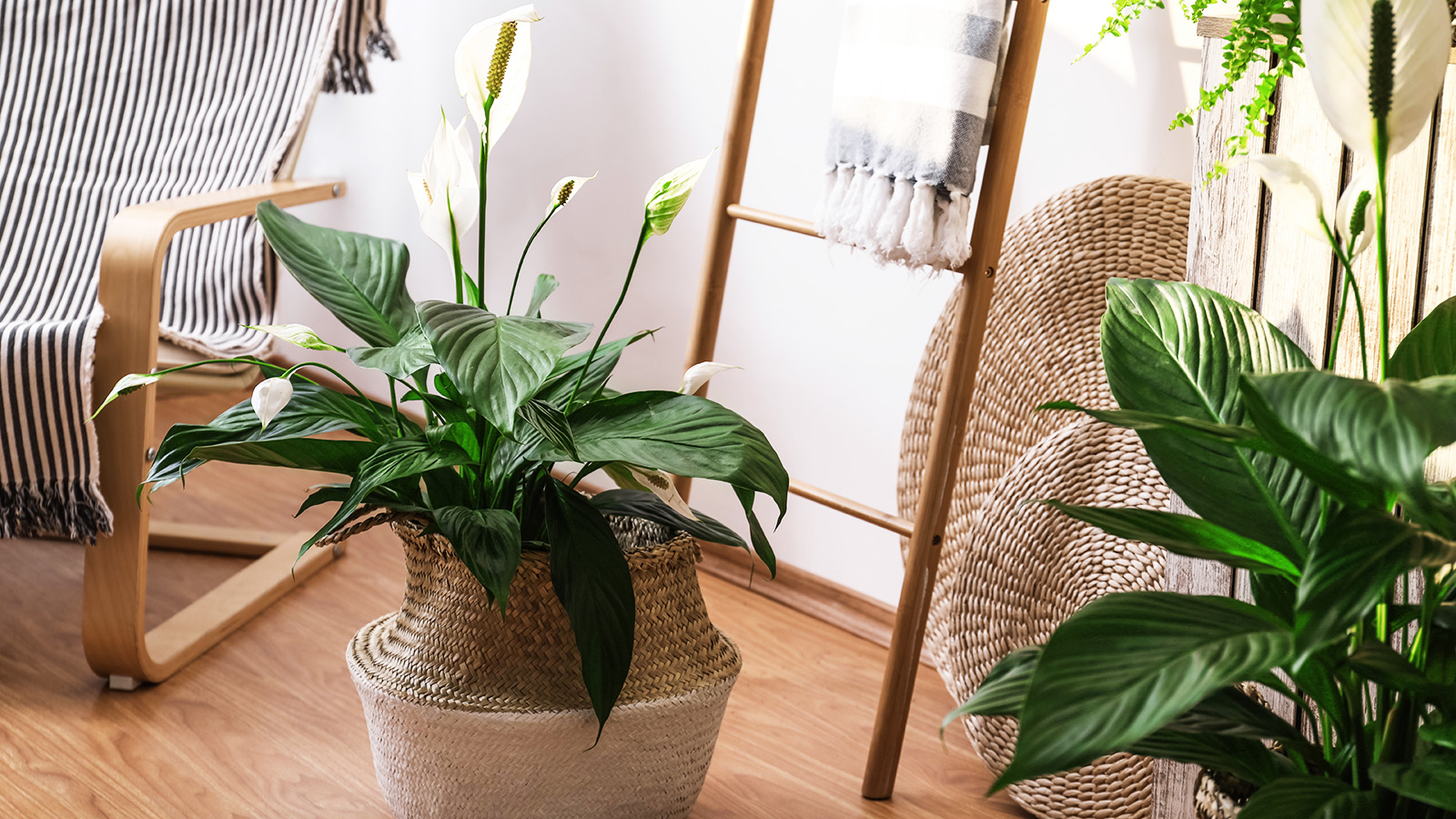
A brief science lesson: Plants gain energy through photosynthesis, which involves absorbing sunlight, carbon dioxide, and water, and then converting those materials into sugar and oxygen. To get their carbon dioxide, plants take air in through tiny pores on their leaves called stomata, then release the processed air back out again. This byproduct of oxygen is very beneficial to any humans who live in that space – but that’s not the only benefit of this process.
When plants absorb the air, they take in many other molecules that are present besides carbon dioxide. Peace lilies are particularly prized among plants for their ability to absorb numerous harmful compounds, such as carbon monoxide, benzene and formaldehyde. These toxins can contribute to respiratory diseases and cause other health issues if humans are sufficiently exposed to them.
Fortunately, when a peace lily absorbs toxins as part of photosynthesis, they don’t get released back into the air afterwards but are instead retained within the plant. In this way, peace lilies act as mini air purifiers and keep the amount of air pollutants at a minimum. By keeping a peace lily in your home, you can feel more confident in the quality of your air.
Rooted Spath Peace Lily: $21 @ Amazon
This live peace lily plant comes ready to plant from Amazon. It comes in at approximately 7 inches to 12 inches tall and can be planted in any planter to your liking.
2. They're low-maintenance

If you’re new to gardening, then it can be intimidating to bring home a new plant and try to keep it alive. Plants prefer specific conditions and no plant is exactly the same, which means you might need to try a few different things before you figure out the right care plan for your vegetation. One thing that you can – and should – do is first choose plants that are generally hardy and lower maintenance. This natural adaptability will allow you to figure out what your plant likes in a more forgiving environment; low-maintenance plants tend not to be so picky about watering and light exposure and are able to tolerate greater variations of each.
Sign up to get the BEST of Tom's Guide direct to your inbox.
Get instant access to breaking news, the hottest reviews, great deals and helpful tips.
Peace lilies are the perfect example of this. They can bounce back from drought, should you forget to water your plant, and they don’t need a lot of direct sunlight or specific fertilizing. Although they are a flowering plant, you don’t need to worry about pruning growth or deadheading old flowers. Instead, you can simply set your peace lily in a suitable spot and water it on a relaxed schedule, safe in the knowledge that it will stay happy and healthy.
3. They can tolerate low light
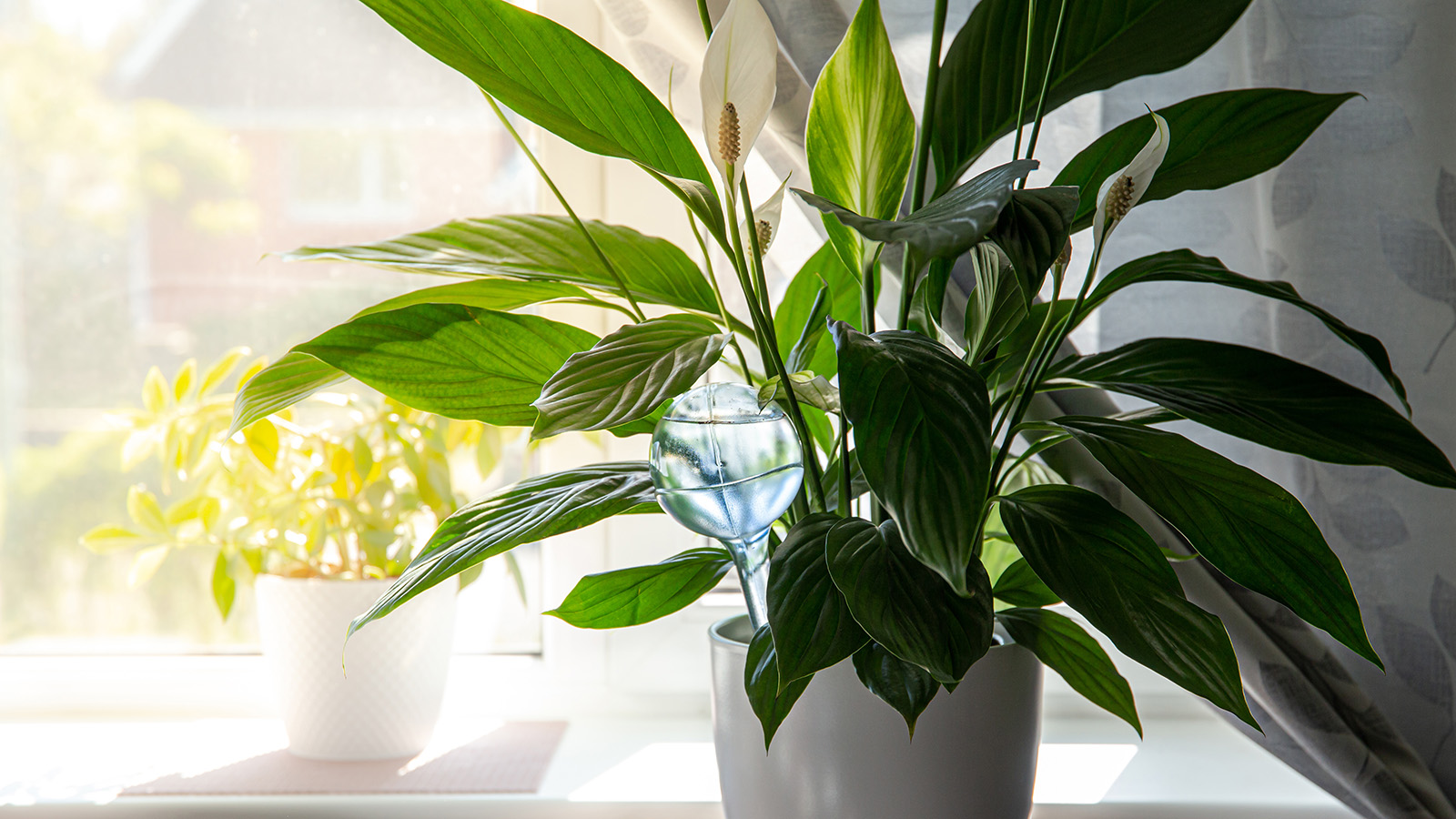
A related aspect to low maintenance is the peace lily’s ability to tolerate a range of different light exposures – including low light. As plants need light to photosynthesize and create energy, it can be tricky to keep them alive if you live somewhere without much natural light.
Fortunately, there are plants like the peace lily that have adapted to these environments. While stronger light will help your peace lily to flower, it can still survive and even thrive in a low light environment. This is why they’re so often seen in offices, bathrooms or other dimly lit spaces; they are able to grow in conditions that many other plants cannot.
Now, you don’t want to keep your plant entirely in shadow, but indirect low light should still be enough for your peace lily to survive on. And if your light levels change with the season, don’t worry as the plant is naturally adaptable and therefore also able to tolerate more direct sunlight as needed.
4. They're ok for allergens
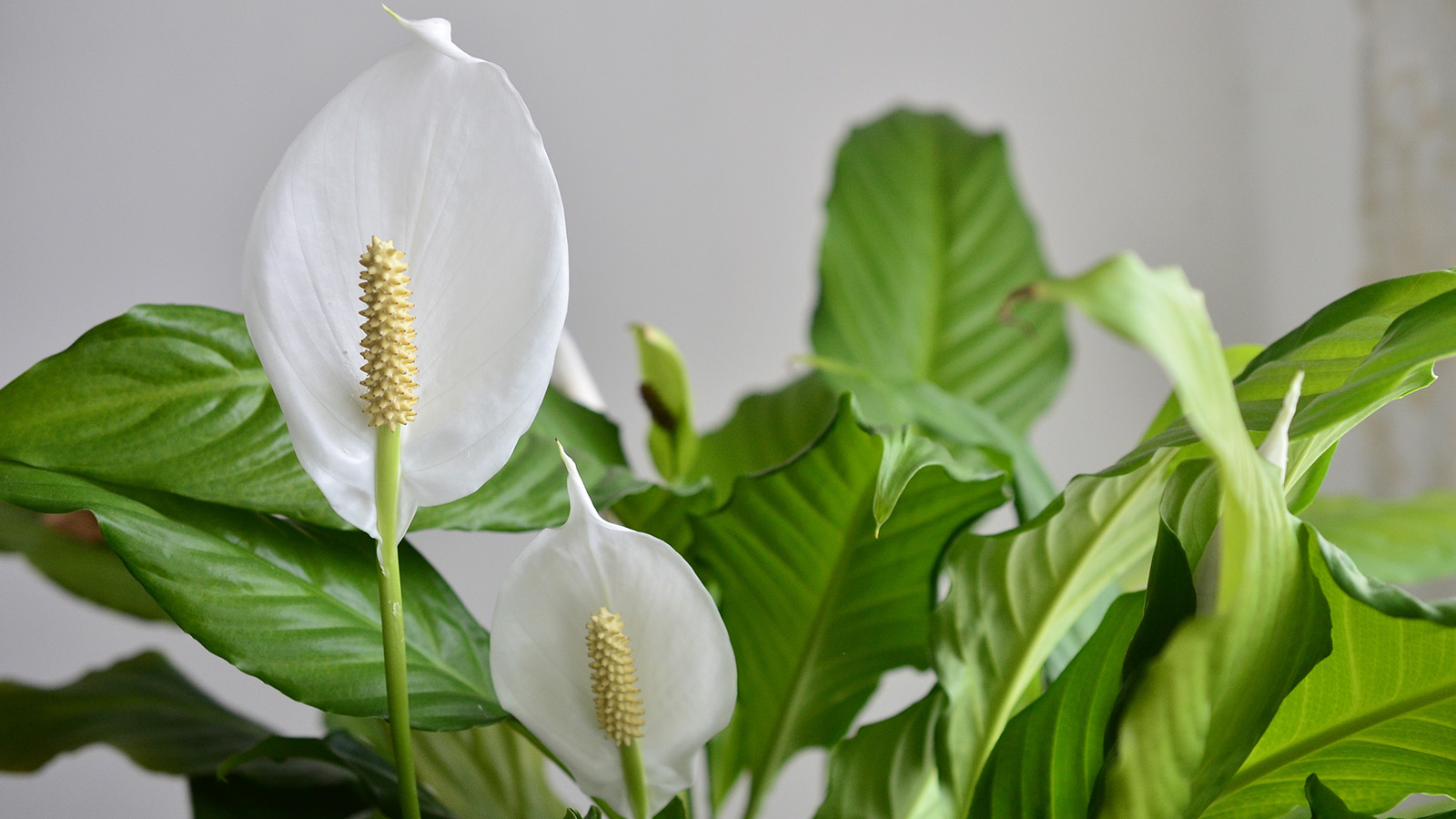
Anyone with seasonal allergies will know that pollen can cause serious issues. If you or anyone in your household is sensitive to plant pollen, then you need to be mindful of which plants you keep in your home.
Fortunately, just like there are hypoallergenic pets, there are non-allergenic plants that won’t prompt a reaction even during peak allergy season. Peace lilies are one such plant and also one of the few flowering hypoallergenic options, so you don’t need to give up pretty flowers altogether.
Their distinctive white flower, or spathe, surrounds a thick yellow spadix which hosts the plant’s pollen. However, since this pollen is stickier and heavier than other plant species’, it is much less likely to become airborne and trigger allergies. This allows you to enjoy the statement looks of the flower without having to worry about pollen.
5. They regulate humidity
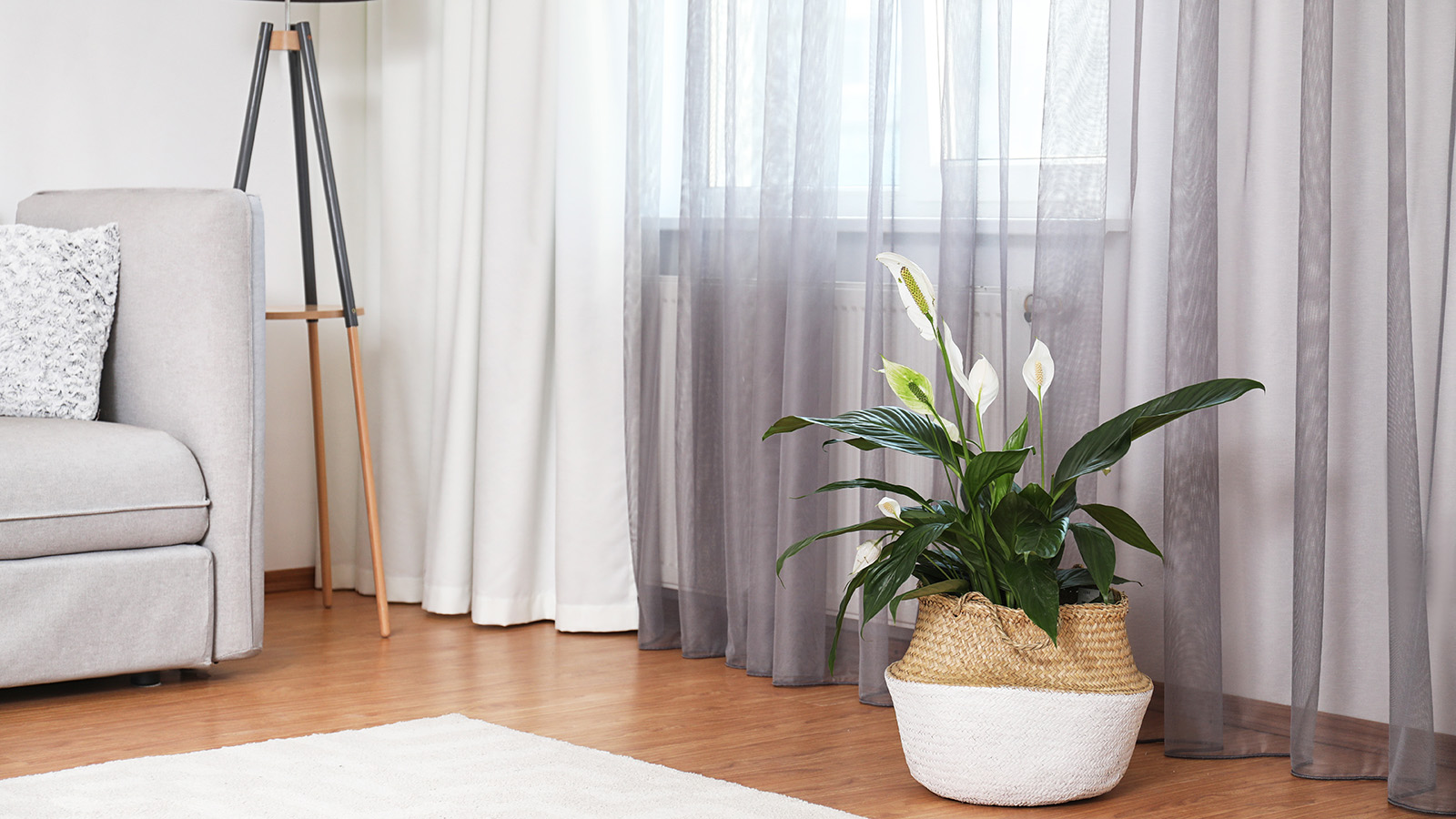
Irregular humidity levels can cause respiratory discomfort and lead to more serious breathing issues, so it’s important to maintain balanced levels in your home. Although some people invest in a dehumidifier to keep their humidity low, indoor air can actually be prone to low humidity levels, but you don’t need to bring in a humidifier to correct this. A peace lily will regulate your humidity levels for you in a much more natural and attractive way. This is through the process of transpiration, in which a plant releases moisture from the soil back into the air through the stomata on its leaves. This helps to keep the plant cool and returns important water vapor back into the air.
The clever thing about transpiration is that it occurs in relation to its environment; when humidity levels are high, the plant will naturally slow this process. This allows for even regulation in your home, without any intervention from you. So, if you choose to keep your peace lily in a bathroom which experiences higher humidity, you don’t need to worry about excessive transpiration. In fact, peace lilies are also known to absorb mold spores from their air and therefore can be a useful mitigation tool for damp areas of the home, not just dry ones.
6. They're easy to propogate

Considering all of these great benefits, it isn’t surprising that once you have one peace lily, you might want to get yourself another! That’s where this final benefit comes in: Peace lilies are very easy to propagate, meaning that once you have one plant you can easily grow another.
You do this through division, which involves gently separating the roots of the plant into smaller clumps, each with their own leaves and stems. You then plant these separated sections into individual pots and care for them as you did the original peace lily. It is easy to do this as part of your spring repotting process and it allows you to effectively get two or even three plants out of your initial plant. Each peace lily will continue to grow in its own container and eventually will also be able to be propagated, if you want even more.
Plant Propagation Station with Wooden stand: was $15 now $9 @ Amazon
This plant propagation station can contain 5 plants and will easily sit in any windowsill to make sure your propagated plants can absorb sunlight while they grow.
7. They look lovely
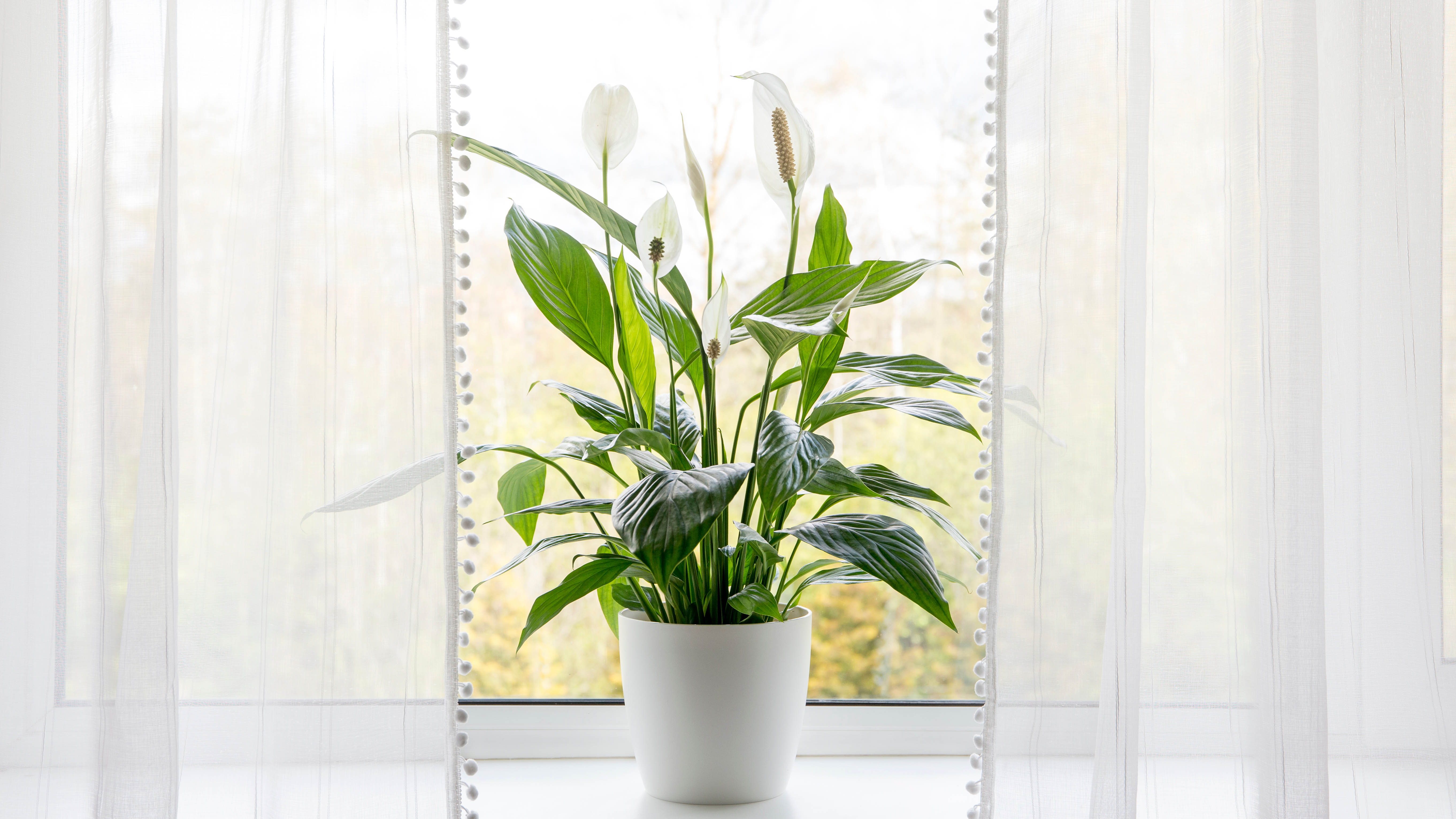
There are many reasons that peace lilies have gained such a positive reputation worldwide, but one of them is simply that they look very stylish. The foliage is glossy and rich in color, while the flower is made up of a statement white spathe that curls in an architectural manner.
The simple color scheme ensures that the peace lily will suit a range of different interior styles, yet still be striking to look at. Whether you’re a minimalist or a maximalist, the peace lily will fit in nicely. Since they are so low maintenance, they are also great choices for other indoor areas such as offices or dorm rooms. This allows you to bring the elegance and freshness of a living plant into places that may otherwise be a bit drab or basic, without needing to worry too much about keeping it alive.
8. They're calming

Taking care of something low maintenance can be a good way to create routine and lower stress levels. Peace lilies only require watering about once a week, but this can become a weekly ritual that is low effort and peaceful. Having plants in the home has also been shown to lower anxiety and promote a general sense of wellbeing.
The physical health benefits of air purification and humidity regulation will likely have some knock-on mental health benefits, as physically feeling better can help you feel better emotionally as well. There is also evidence that peace lilies can improve sleep quality, thanks to their air treatment capabilities, which is a large contributor to overall wellbeing. While having a peace lily in your home is not a replacement for other kinds of mental health care, it can be an easy way to make your environment more calming and restful.
9. They work in any space
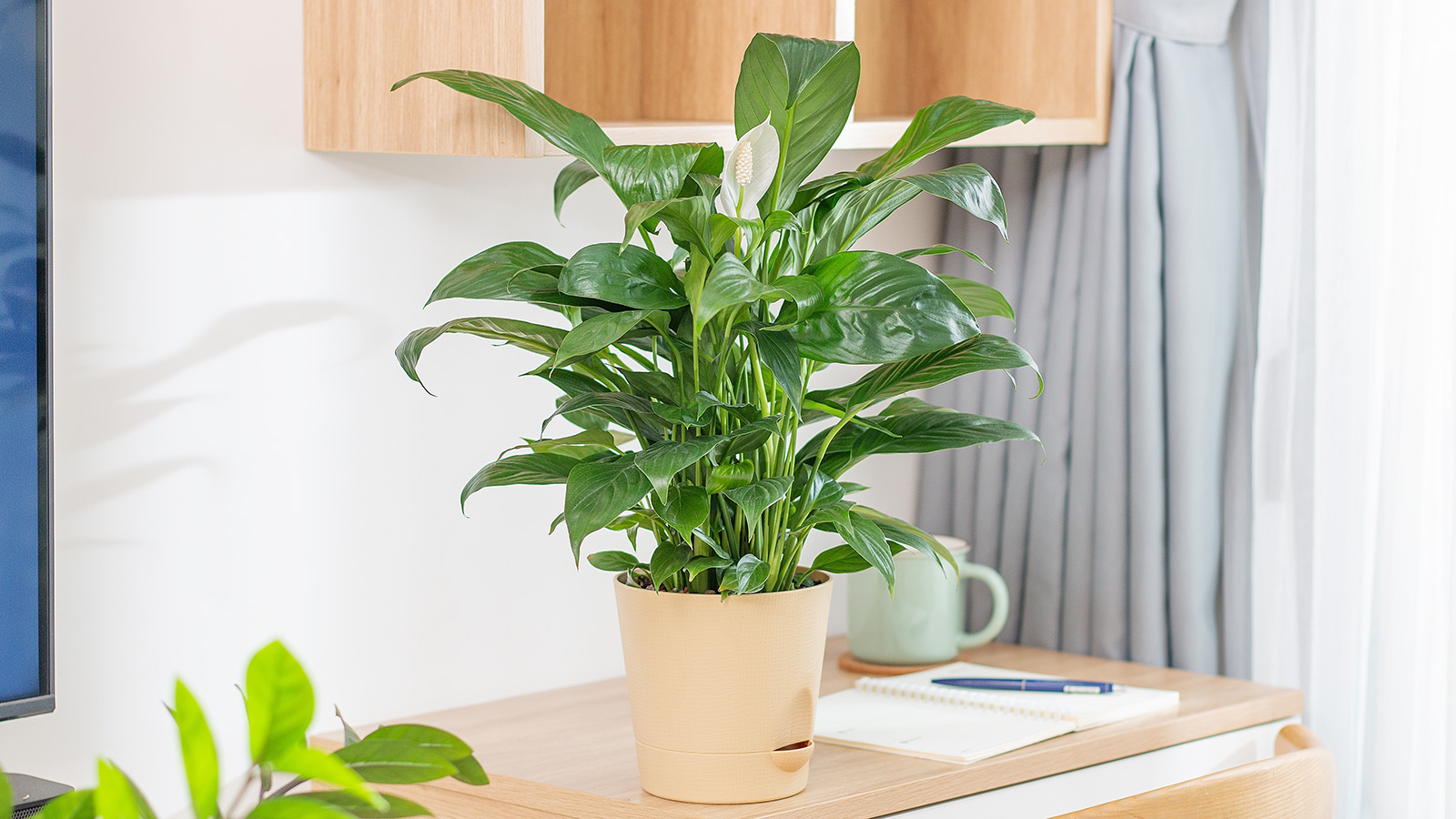
When it comes to indoor plants, size is important — but bigger isn’t always better. Depending on the amount of space you have and the kind of statement you want to make, you might be better choosing a smaller plant with a striking look, to maximize your available space and ensure that the plant has sufficient room to grow. You also want to be careful of sprawl, since some plants may start off small but quickly start taking up a lot of space when well-cared for.
If any of these things are a concern for you, then the peace lily is a great solution. Its bold flowers and structural shape mean that it has outsized presence in a room, while still being compact in size. Peace lilies don’t grow outwards or expand in size dramatically, meaning that you can choose the right size for your home and trust that it will stay that way. This compact size also makes it a great fit for small offices, bathrooms or shared spaces, as it won’t take up too much room but will still be a noticeable, attractive addition to the decor. And should you want a larger species, there are a few larger varieties available that will maintain that size throughout their lifetime.
More from Tom's Guide
Madeleine Streets is a writer and content manager based in New York City. She covers an eclectic mix of lifestyle, technology, finance and health and has been published in Tom's Guide, Women's Wear Daily, SELF, Observer, Footwear News and others. Originally from London, Madeleine has a penchant for tea, baking and moody weather. When she’s not writing, you can find her exploring the city’s bookstores, hunting down new restaurants, fostering cats and cheering on Arsenal FC.
-
buzzelectric But are they safe for cats? Are cats attracted to chewing on them. Are they safe around children?Reply



